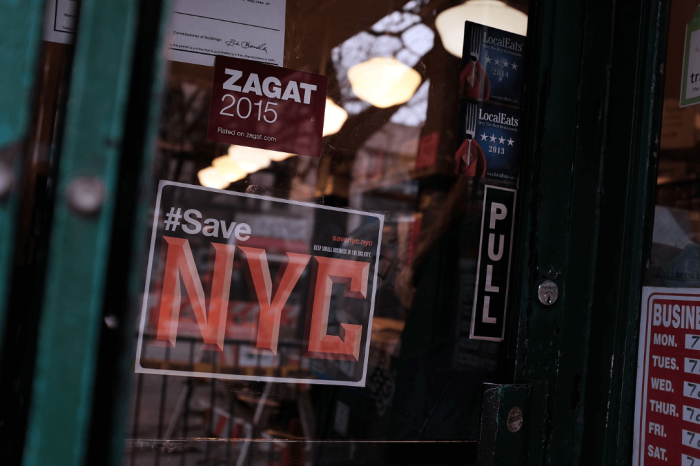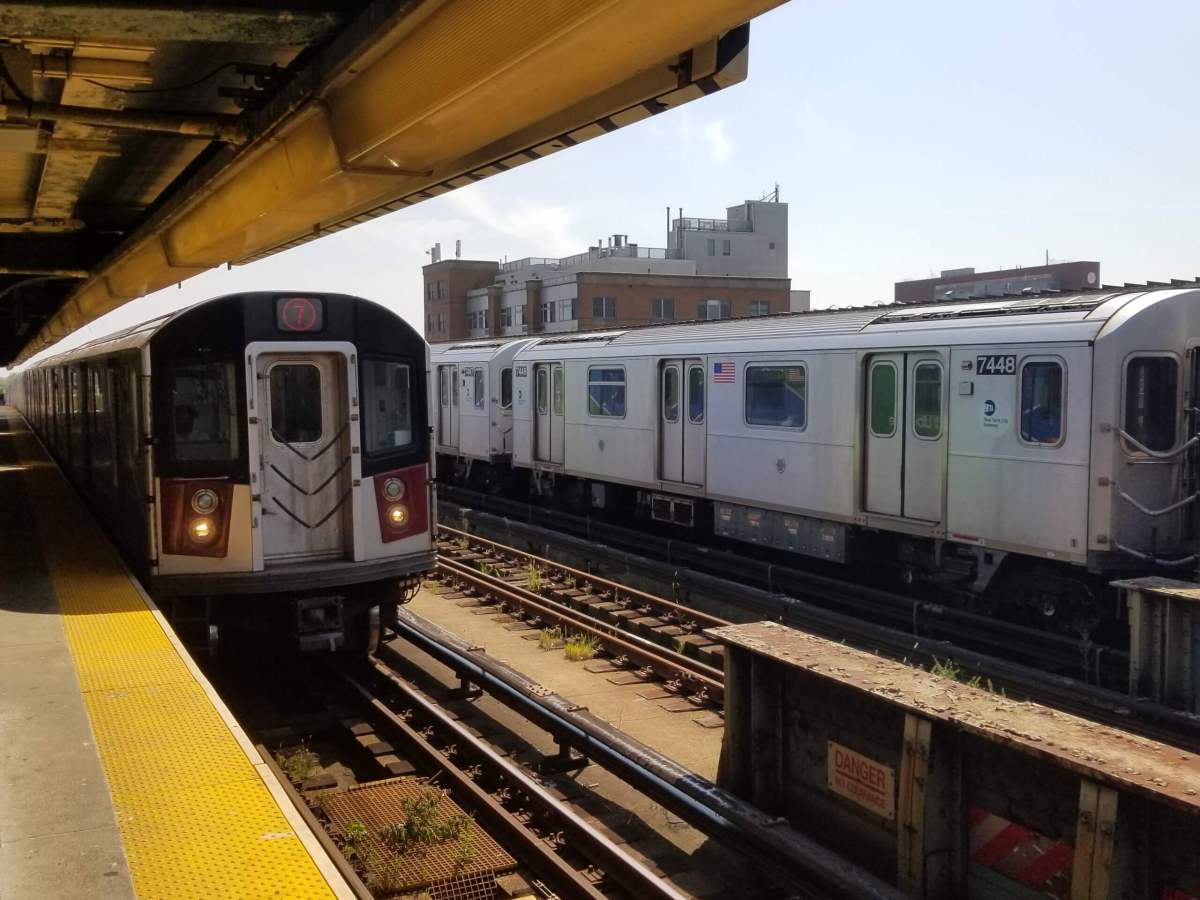Right now, at kitchen tables across the land, a great and terrifying conversation is taking place. Anxious high school seniors and their parents are staring down three questions: Which colleges have accepted me? Where do I want to go? And how in heaven’s name are we going to pay for it? These are not insignificant matters, and that last one is particularly vexing.
Nowhere else does the ever-expanding price tag for education hit families harder.
When I graduated from high school as a strapping young lad in 1978, the nation’s average cost for tuition, fees, room and board at a four-year college was about $4000 annually. (For my friends who were on the five-, six-, and seven-year plans, it was even more. Never mind their bar tabs!) That average has risen so relentlessly that today a year hitting the books costs well over $23,000. That is an increase of … a lot. Obviously I wasn’t a math major. This isn’t a great problem for the very wealthy, who can afford it. And many universities offer substantial assistance to the poor. But middle-class families are being hammered. Without enough money to pay up front, they are being saddled with back-breaking debt even as experts insist a college degree is crucial to the success of their children. Leaders in D.C., from the White House on down, have raised a ruckus for years now about the need to make college more affordable. But the sporadic results have largely focused on getting more money out there to help families pay, while doing little or nothing about the soaring cost itself. And in the end, that looks like a losing proposition. Already a great many kids are earning diplomas that can never really pay for themselves in a practical sense, because the jobs linked to those degrees just don’t produce enough income. Don’t get me wrong: college is still a great idea. But unless the nation finds a way to tame the cost, those conversations at the kitchen table will all start with a hard lesson in economics.
Tom Foreman is a political correspondent for CNN.
Tom Foreman: Middle-class school daze

Getty Images























